Sieunjae / 시은재
3.9Km 2025-08-13
439, Samil-daero, Jongno-gu, Seoul
+82-10-5355-3029
Located in Gyeongun-dong, Jongno-gu at the very heart of Seoul, Sieunjae is a hanok with a longstanding tradition. It has three guestrooms including the anbang (main room), byeolchae (detached building), and jakeunbang (small room). The anbang is the only room with a living room, where various items of old furniture, including a comfortable sofa, create an antique atmosphere. The communal bathroom and toilets are supplied with toiletries, while the communal kitchen is equipped with cooking equipment and a washing machine.
The house can be rented either as individual accommodations or in its entirety. As it is situated in Jongno-gu, at the very heart of Seoul, guests can easily reach many nearby major tourist attractions. Car users are advised to use the public parking lot as the house has no parking spaces. Entering by a small gate, the little flowerbed comes into sight. This old hanok shows traces of repair works on the tiled roof.
Insadong Chatjip (인사동찻집)
3.9Km 2025-06-24
33-1, Insadong-gil, Jongno-gu, Seoul
Insadong Chatjip is a hanok teahouse that serves home-made traditional tea. Even the red beans used in the summer delicacy patbingsu
Donga Stationery (동아완구)
3.9Km 2024-10-08
5 Jong-ro 52-gil, Jongno-gu, Seoul
Legación Rusa de Corea (서울 구 러시아공사관)
3.9Km 2022-03-04
Jeongdong-gil 21-18, Jung-gu, Seúl
Museo Kimchikan (뮤지엄 김치간)
3.9Km 2025-05-26
Insadong-gil 35-4, Jongno-gu, Seúl
Desde su fundación en 1986, el Museo Kimchikan ha expuesto las reliquias históricas relacionadas con el kimchi, los diversos tipos, maquetas de los procesos del preparado, e información sobre la eficacia derivada de su proceso de fermentación. Los visitantes aprenderán sobre el origen y la historia del kimchi a través de libros, pinturas y escrituras antiguas, y los diferentes tipos de vasijas almacenadoras de kimchi junto con los utensilios tradicionales de cocina que se utilizaban para prepararlo. También se exponen diferentes tipos de kimchi característicos en cada región de Corea y espacios para actividades.
Parque Dosan (도산공원)
3.9Km 2025-08-12
Dosan-daero 45-gil 20, Gangnam-gu, Seúl.
Es un parque vecinal localizado en Sinsa-dong de Gangnam-gu, en la ciudad de Seúl. El 10 de marzo de 1970, el entonces presidente Park Jeong-hee ordenó el establecimiento del parque en homenaje al gran maestro Dosan, seudónimo de An Chang-ho, quien luchó por la independencia y el triunfo de Corea. De esta manera, la ciudad de Seúl anunció el establecimiento en el año 1973, en una superficie de 33.000 m² en Sinsa-dong del distrito Gangnam-gu. En especial, se han trasladado los restos del maestro que se encontraba en el cementerio público de Mangu-ri y la de su mujer que estaba en la ciudad de Los Ángeles de Estados Unidos, para enterrarlos juntos. Luego el parque se ha extendido desde Seongdong-gu hasta Nonhyeon-dong.
Passi 0914 (파시0914)
3.9Km 2024-08-06
15 Dosan-daero 45-gil, Gangnam-gu, Seoul
Kumho Art Hall (금호아트홀)
3.9Km 2021-12-28
Saemunan-ro 76, Jongno-gu, Seúl.
Kumho Art Hall fue fundado exclusivamente para conciertos de música clásica. Se ubica cerca de Gwanghwamun. Con una capacidad para 390 personas, cuenta con una estructura perfecta para conciertos. Todos los asientos son cómodos y el amplio espacio entre las filas de los asientos permite que los espectadores disfruten del espectáculo. También hay asientos portables para discapacitados. El interior del teatro es cómodo y elegante, el escenario está hecho de madera de arce. Se realizan 150 conciertos anualmente, y también se llevan adelante exposiciones de arte en el pabellón principal.
Saewha Hostel (세화호스텔)
3.9Km 2025-07-23
50, Samil-daero 32ga-gil, Jongno-gu, Seoul
Museo del Tteok (떡박물관)
3.9Km 2021-07-16
Donhwamun-ro 71, Jongno-gu, Seúl.
En este lugar se encuentran en exposición diferentes utensilios y artículos que se utilizan para preparar el tteok (pastelillos dulces de arroz de distintos sabores y formas); infusiones y licores tradicionales que son ideles para acompañarlos en cualquier ocasión. El tteok es un tipo de postre coreano que presenta miles de variedades y sabores. La receta de cada tipo de tteok es muy científica y sabe exactamente cómo respetar los ingredientes para obtener un resultado sublime en cuanto al sabor, propiedades nutricionales, textura y aroma.
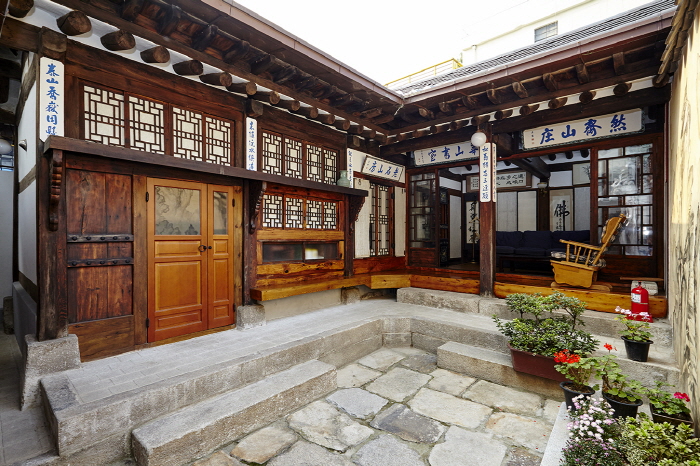

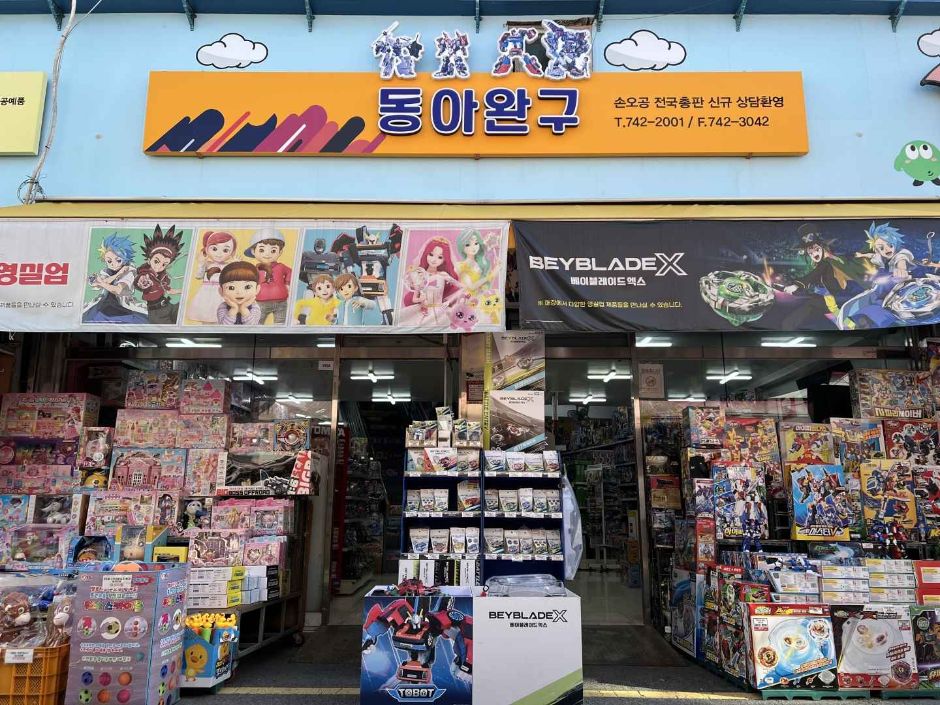
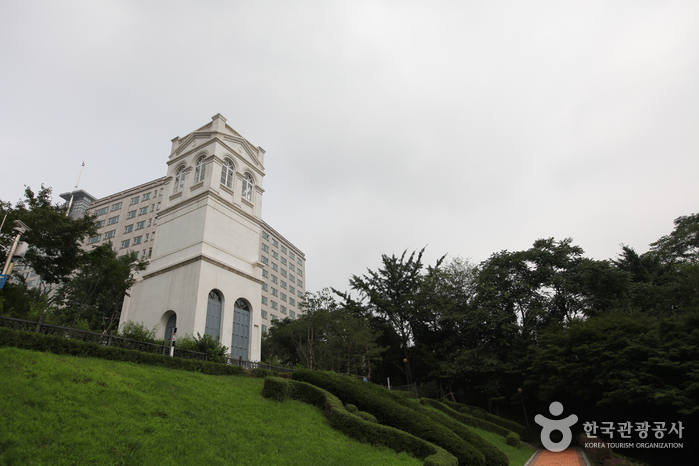
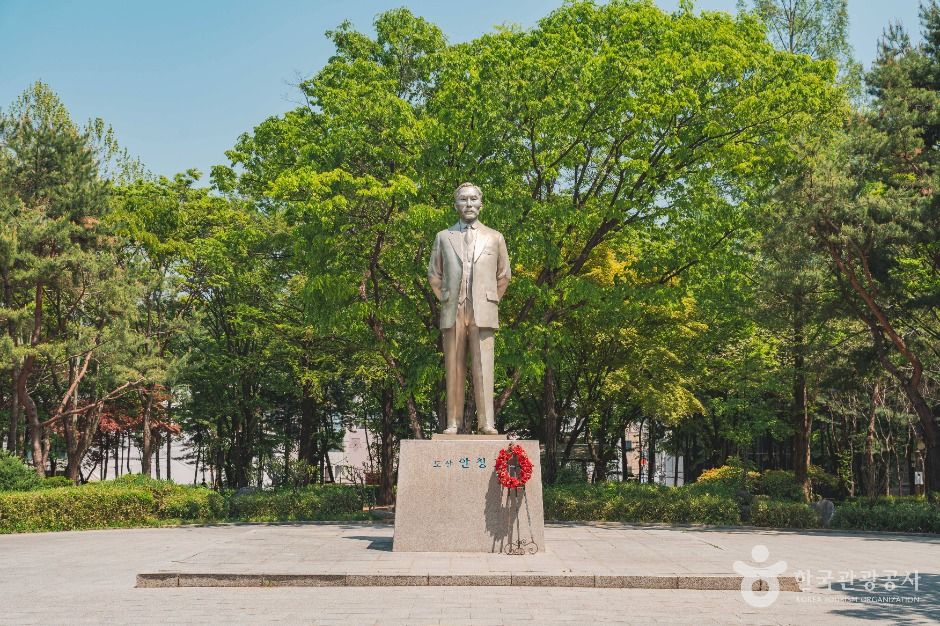
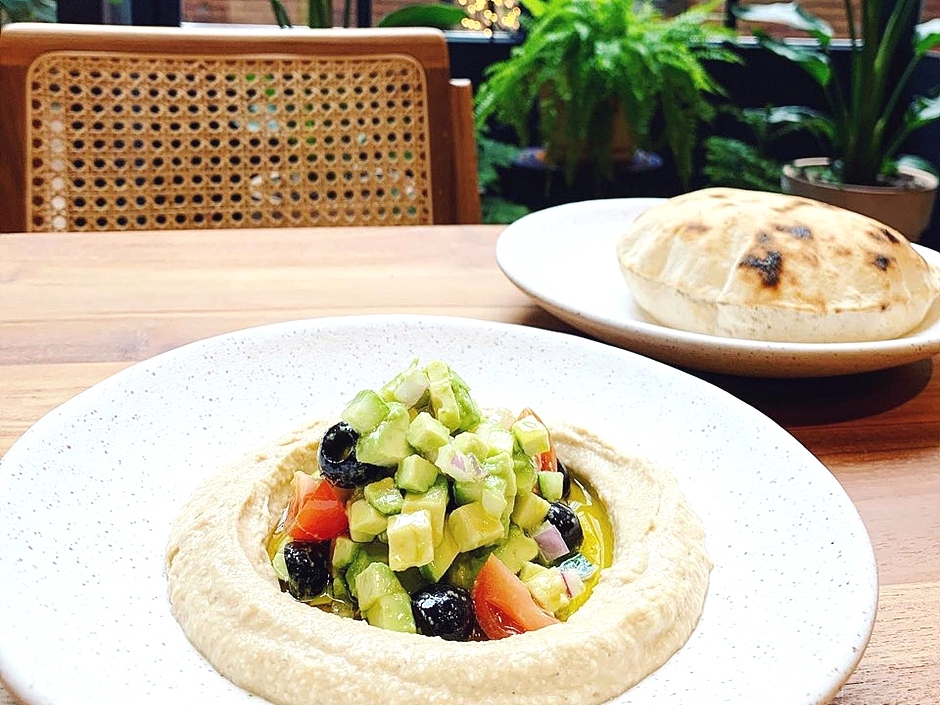
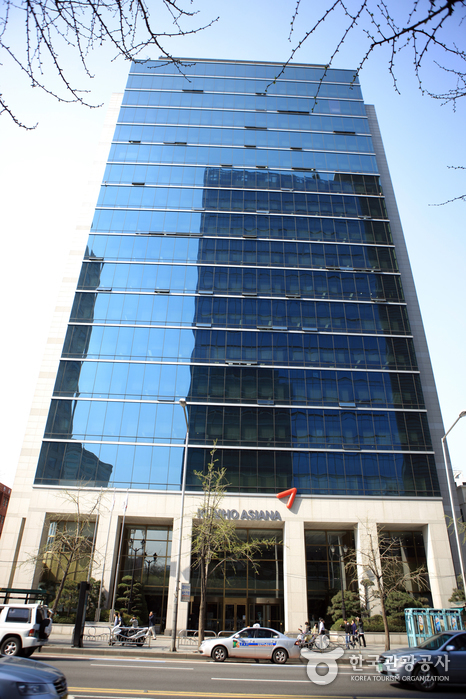
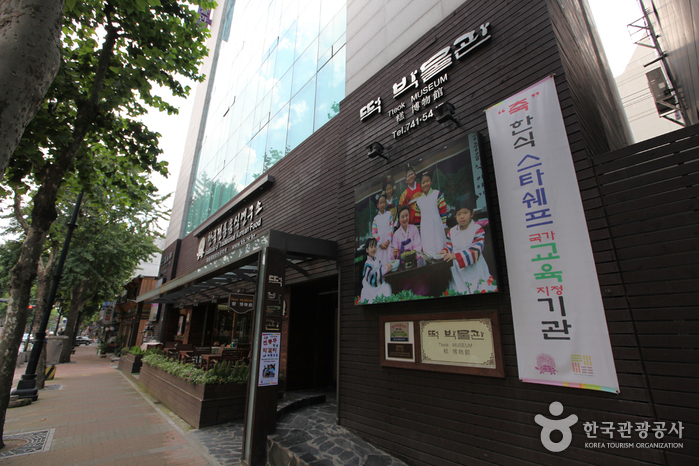
 Español
Español
 한국어
한국어 English
English 日本語
日本語 中文(简体)
中文(简体) Deutsch
Deutsch Français
Français Русский
Русский